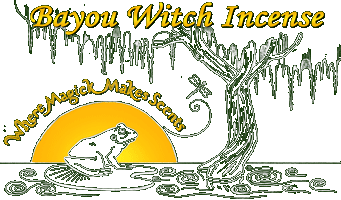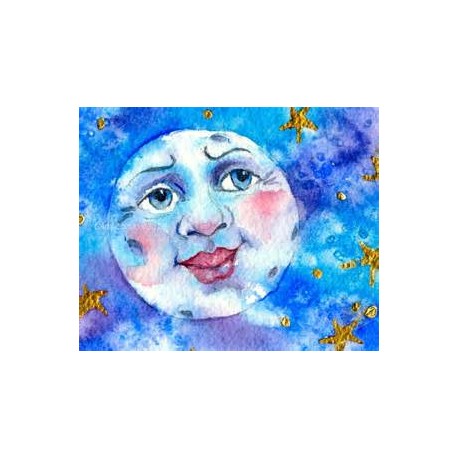
Quantity:
Total:
Total products:
Total shipping: To be determined
Total:
Spend another $15.00 to get free shipping for your order!
Year of Moons
New products
-

-

Lagniappe Loot - Wheel of the Year- June - Oils
Scents available in this set are: - Litha (Midsummer's Eve) - Faery...
$11.20 -

-

-

-

Obsidian Embrace Oil
Sensual, shadowy blend crafted for seduction, ritual, and protection....
$12.95 -

Crescent Flame Stick Incense
Crescent Flame Stick Incense ignites curiosity and clarity through a...
$12.95 -

-

Viewed products
-
Blue Moon (2nd Full...
For more than half a century,...
Blue Moon (2nd Full Moon in a Month) Oil
For more than half a century, whenever two full Moons appeared in a single month (which happens on average every 2 1/2 to 3 years), the second has been christened a "Blue Moon."
More info
For more than half a century, whenever two full Moons appeared in a single month (which happens on average every 2 1/2 to 3 years), the second has been christened a "Blue Moon." In our lexicon, we describe an unusual event as happening "Once in a Blue Moon. "This expression was first noted back in 1821 and refers to occurrences that are uncommon, though not truly rare.
On past occasions, usually after vast forest fires or major volcanic eruptions, the Moon has reportedly taken on a bluish or lavender hue. Soot and ash particles, propelled high into the Earth's atmosphere, can sometimes make the Moon appear bluish. Why "Blue" Moon?
For the longest time nobody knew exactly why the second full Moon of a calendar month was designated as a Blue Moon. One explanation connects it with the word "swicdom" from the Old English, meaning, "to betray." Perhaps, then, the Moon was "swicdom" because it betrayed the usual perception of one full Moon per month. However, in the March 1999 issue of Sky & Telescope magazine, author Phillip Hiscock revealed one somewhat confusing origin of this term. It seems that the modern custom of naming the second full Moon of a month "blue," came from an article published in the March 1946 Sky & Telescope magazine. The article was "Once in a Blue Moon," written by James Hugh Pruett.
*Lunar splendor with water lily, musk with slight woody notes.






